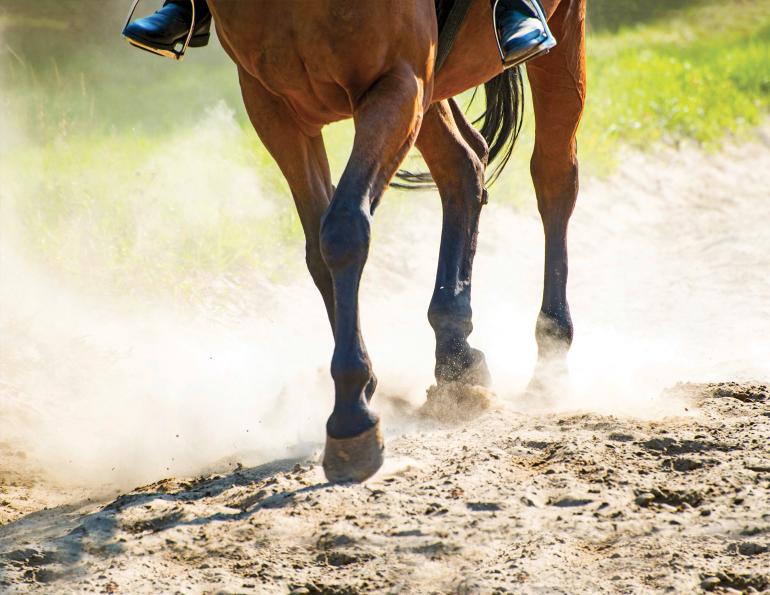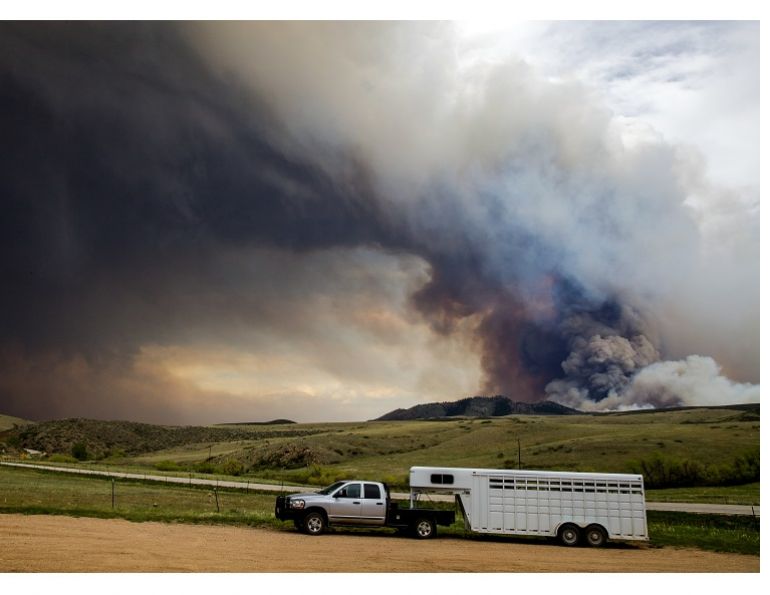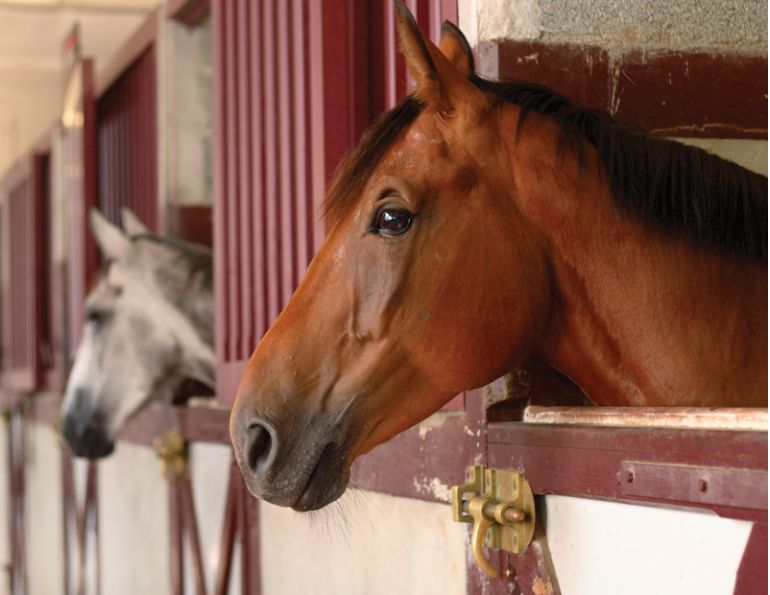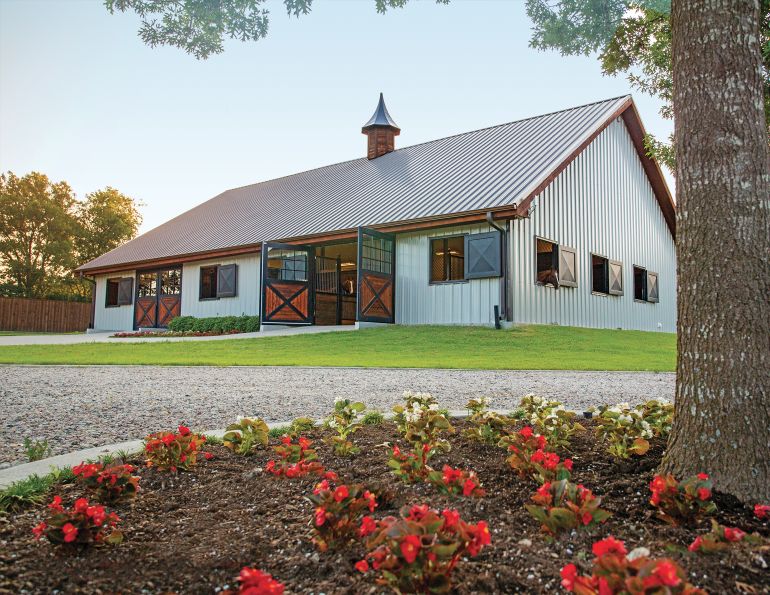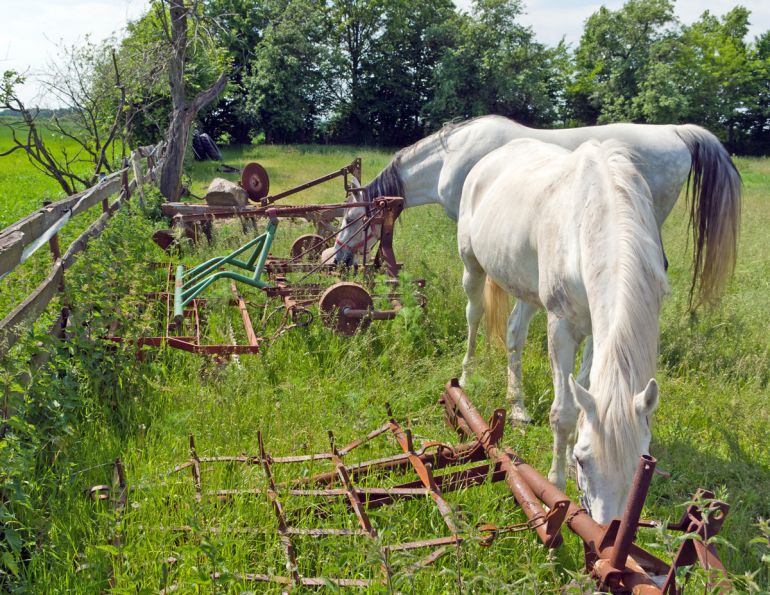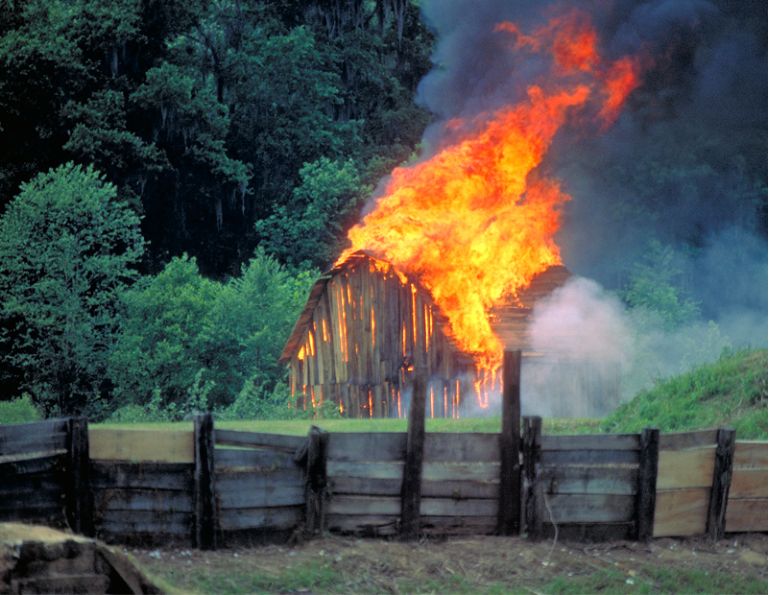WorkSafeBC
Equestrian riding instructors, coaches, and trainers are at an increased risk for several respiratory conditions if they work primarily in a riding arena or round pen with sand footing.
Nearly every riding arena contains sand of some type, either as part of the subsurface, the base, or the footing itself. Almost all sand contains crystalline silica. As horses work, they disturb the silica, which produces a fine, airborne silica dust. Workers, riders, and horses inhale the dust.
What health hazards are posed by crystalline silica dust exposure?
Crystalline silica dust exposure has been linked to lung cancer. In one case, a trainer was exposed to crystalline silica dust while working seven to twelve horses a day in a sand longing arena for more than two decades. The trainer died of lung cancer linked to that exposure.
Prolonged exposure can also lead to silicosis, a disabling and sometimes fatal lung disease. The fine particles deposited in the lungs cause thickening and scarring of the lung tissue. There is no cure for this entirely preventable disease.
Related: How to Choose the Right Footing for Your Riding Arena
All kinds of respirable dust may contribute to chronic obstructive pulmonary disease in both humans and horses.

How to prevent exposure
By law in British Columbia, employers must do everything reasonably possible to eliminate worker exposure, including:
- Eliminating silica or substituting safer footing materials;
- Using medium-coarse, washed sand in footing materials rather than fine sand — medium-coarse washed sand is less likely to produce excessive dust;
- Using watering systems — regular watering helps reduce airborne dust levels and is both inexpensive and environmentally safe; and,
- Using dust-control products — examples include oils, waxes, salts, polymers, and alkanes.
Coarser sand and alternative footing materials will eventually break down and produce dust, and should be completely replaced periodically to help prevent exposure.
Create an exposure control plan
Crystalline silica is a human carcinogen; therefore, it requires an exposure control plan and precautions should be taken. WorkSafeBC mandates that if workers are exposed to a carcinogen, section 5.57 of the Occupational Health and Safety Regulation requires employers to implement an exposure control plan to maintain workers’ exposure as low as reasonably achievable below the exposure limit. The eight-hour exposure limit for respirable crystalline silica is 0.025 mg per cubic metre. As a general rule, if dust is visible in the air, workers are overexposed.
For more information, visit www.WorkSafeBC.com.
Related: Planning Your Horse's Run-In Shed
Photos: Canstock/FotoYou123



